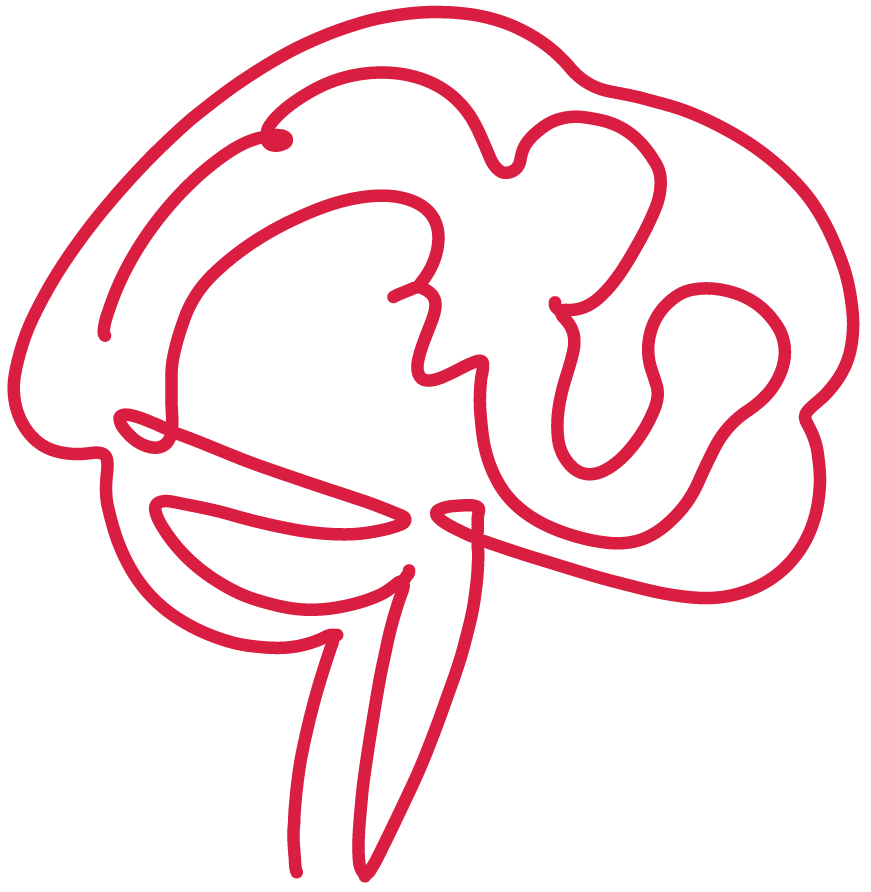
What is RED-S and why do we need to know about it?
Relative Energy Deficiency in Sport (RED-S) is a condition caused by low energy availability (LEA), where an athlete’s energy intake is insufficient to meet the demands of exercise and essential physiological functions. Formerly known as the Female Athlete Triad, RED-S expands the concept to include male athletes and para-athletes.
Energy Availability is operationally defined as energy intake minus exercise energy expenditure, relative to fat-free mass. It is essentially the amount of calories left over from training, divided by the individual’s fat-free mass.
Energy Availability = [(Energy Intake calories) – (Exercise Energy Expenditure calories)] ÷ Fat-Free Mass in kg
While an energy availability (EA) of 45 kcal/kg FFM/day is optimal for physiological function, levels below 30 kcal/kg FFM/day are associated with significant health risks. This situation is known as Low Energy Availability. It is essentially a mismatch between what the athlete is consuming versus what the athlete is expending. When the remaining available energy after exercise is not enough to support the normal bodily functions and processes, health and performance become affected, leading to things like impaired metabolic rate, menstrual function, bone health, immunity, protein synthesis, and cardiovascular health. RED-S affects both male and female athletes, with male athletes in endurance sports, weight-class sports, and those experiencing food insecurity being particularly vulnerable. Para-athletes face unique risks due to altered energy needs and skeletal loading associated with their disabilities. Additionally, racial and ethnic disparities in RED-S prevalence and outcomes highlight the need for more research.
Health Consequences
The health consequences of RED-S are extensive. Endocrine disruptions include altered hormone levels, such as reduced leptin and testosterone, which can impair reproductive function and overall health. In women, LEA can lead to functional hypothalamic amenorrhea (FHA). In men, testosterone reduction is a concern. Bone health is significantly impacted, with decreased bone mineral density (BMD) and increased risk of stress fractures. Other effects include reduced resting metabolic rate, iron deficiency, impaired growth, cardiovascular dysfunction, gastrointestinal issues, weakened immunity, and psychological disturbances such as depression and anxiety. RED-S can produce or exacerbate existing psychological symptoms, and it is also noted that mental health symptoms can precede RED-S.
RED-S also negatively affects athletic performance. LEA can impair recovery, muscle function, glycogen storage, and training adaptations, leading to reduced physical and mental capacity. Studies have shown correlations between LEA and decreased neuromuscular performance, reaction time, and competition rankings.
Recognition and Prevention
Unfortunately, RED-S is incredibly underrecognized. When an athlete starts to complain about different manifestations of RED-S, coaches and even physicians may incorrectly assume that the athlete is experiencing multiple individual problems across different organ systems, rather than checking to see if inadequate fueling is the primary underlying cause that can explain the various symptoms. The athlete himself or herself may not even be aware that they are not taking in enough calories to support their training. The thing is, you wouldn’t know if you don’t ask and you don’t check. This is a shame because RED-S is a very preventable and very reversible condition.
As a side note, RED-S is a syndrome that was first studied and elucidated in athletes (because of their high levels of activity, the implications of LEA are more obvious). However, this writer strongly suspects that it is not uncommon but also greatly underrecognized in non-athletes. I often wonder how many people are out there walking around not paying enough attention to whether they are chronically under-fueled and undernourished, but present to their doctors with a constellation of complaints like fatigue, poor concentration, gastrointestinal complaints, and irregular menses.
Going back to athletes, preventing RED-S requires increased awareness among athletes, coaches, healthcare professionals, and sport organizations. Surveys reveal a lack of knowledge about RED-S and its components, emphasizing the need for educational initiatives. Screening tools like the Low Energy Availability among Female Athletes Questionnaire (LEAF-Q) and the RED-S Clinical Assessment Tool (RED-S CAT) can help identify at-risk athletes, though further validation is needed. Calculating EA can be challenging due to reliance on self-report and difficulties involved in estimating calories consumed and expended.
Treatment involves addressing energy deficits through nutritional education, dietary modifications, and in some cases, reducing training. Adequate intake of bone-building nutrients like calcium and vitamin D is critical.
Many cases of RED-S are unintentional (the athlete, coach, and nutritionist were simply not aware of the energy deficit). When there is the possibility of it being self-inflicted (deliberate calorie restriction or overtraining), screening for the existence of an Eating Disorder is important so that the athlete can be referred to the appropriate avenues for treatment.
Recognizing RED-S is vital to both optimize athletic performance and prevent short- and long-term health consequences. Increased awareness, validated screening methods, and effective prevention strategies are essential to safeguard the health and well-being of athletes across all populations.
Source:
Mountjoy M, Sundgot-Borgen JK, Burke LM, et al. IOC Consensus statement on relative energy deficiency in sport (RED-S): 2018 update. British Journal of Sports Medicine. 2018:52:687-697.
Disclaimer – the information on this website does not constitute medical advice. No doctor-patient relationship is formed. Please seek the attention of a qualified medical professional for your concerns.

Expert Psychiatric Services tailored for athletes and those with active lifestyles, serving California and Nevada.
NEWS
Stay up to date on news and blog posts by subscribing to the ESMH newsletter below: